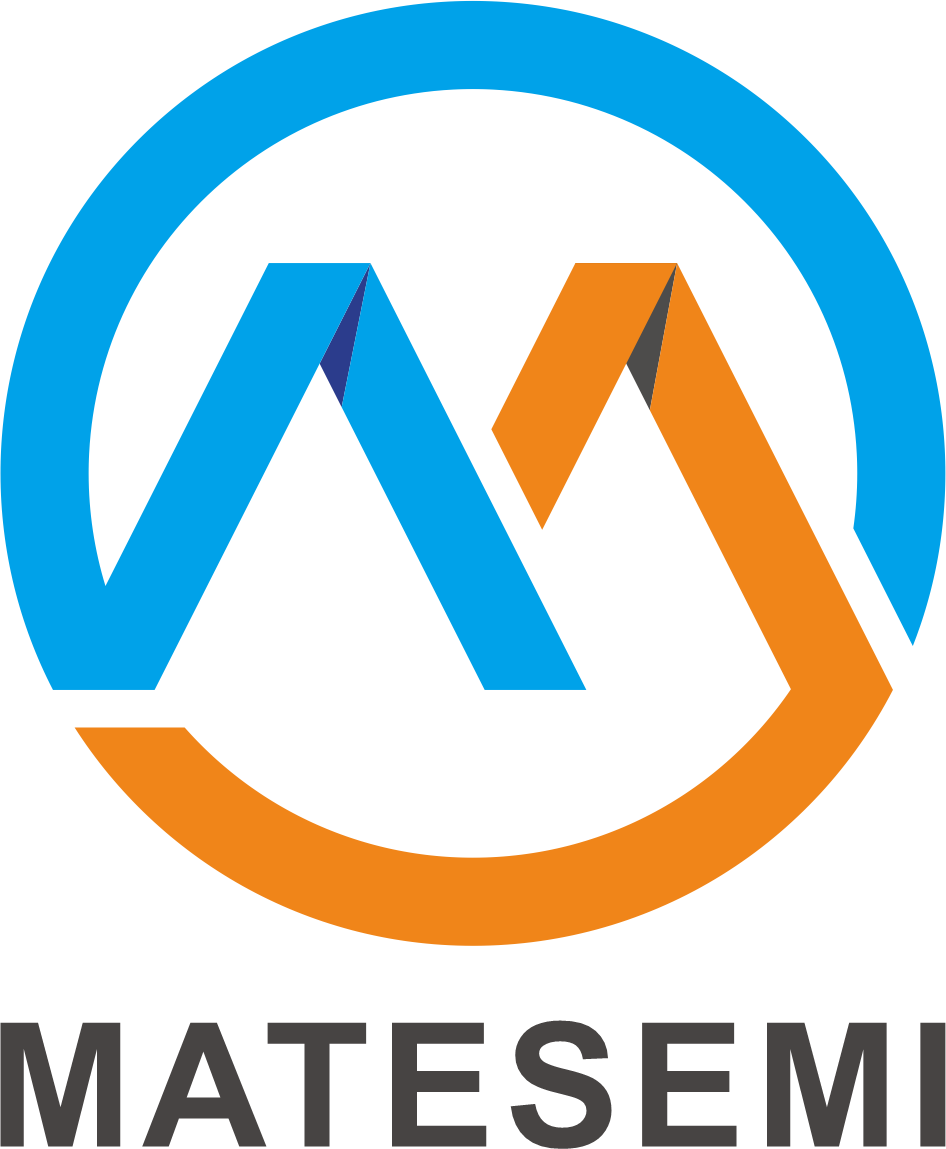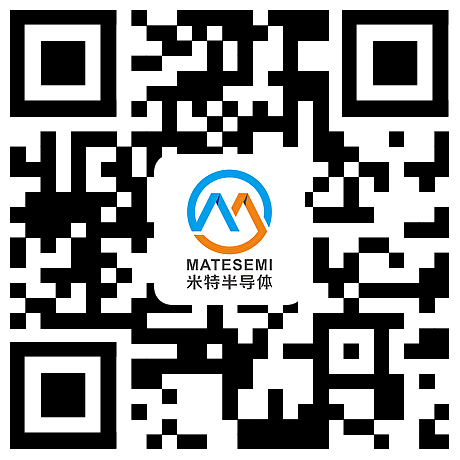What are the commonly used optical lens adhesive materials?
Time : 2023-08-12
It is generally believed that the bonding mechanism of optical lenses is the mechanical bonding, physical adsorption, electric gravity, mutual diffusion, and chemical bonding between optical parts and optical adhesives to produce bonding forces between optical parts and optical adhesives. The size of the binding force is related to the adhesive material and the material of the lens. So, in the manufacturing process, what are the requirements for optical lens bonding materials? What are the common ones?
Requirements for optical lens adhesives
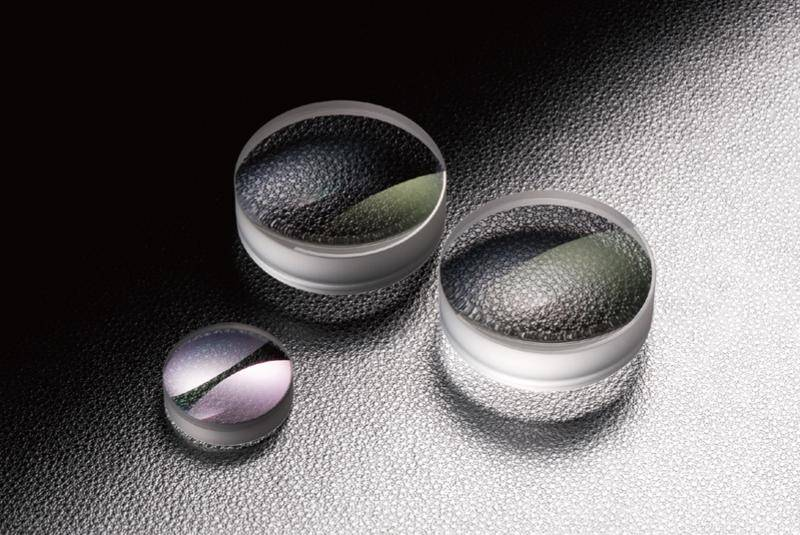
Optical adhesives are mainly used for bonding between optical lenses. In order to ensure the bonding quality of optical lenses, the bonding adhesives must meet the following requirements:
(1) Colorless and transparent, high transmittance, no fluorescence, and the refractive index of glued parts is similar
(2) When curing, the volume shrinkage rate is small, so that the glued surface does not produce internal stress
(3) The mechanical strength is good, and the rubber layer will not be cracked due to vibration and impact
(4) Good chemical stability, no chemical reaction with optical materials, long-term use without deformation
(5) Good environmental protection, non-toxic and harmless
(6) Good thermal stability, can work in a temperature range of 70~70 ° C, without cracking, degumming or causing parts dislocation
(7) The gluing process is simple and easy to remove.
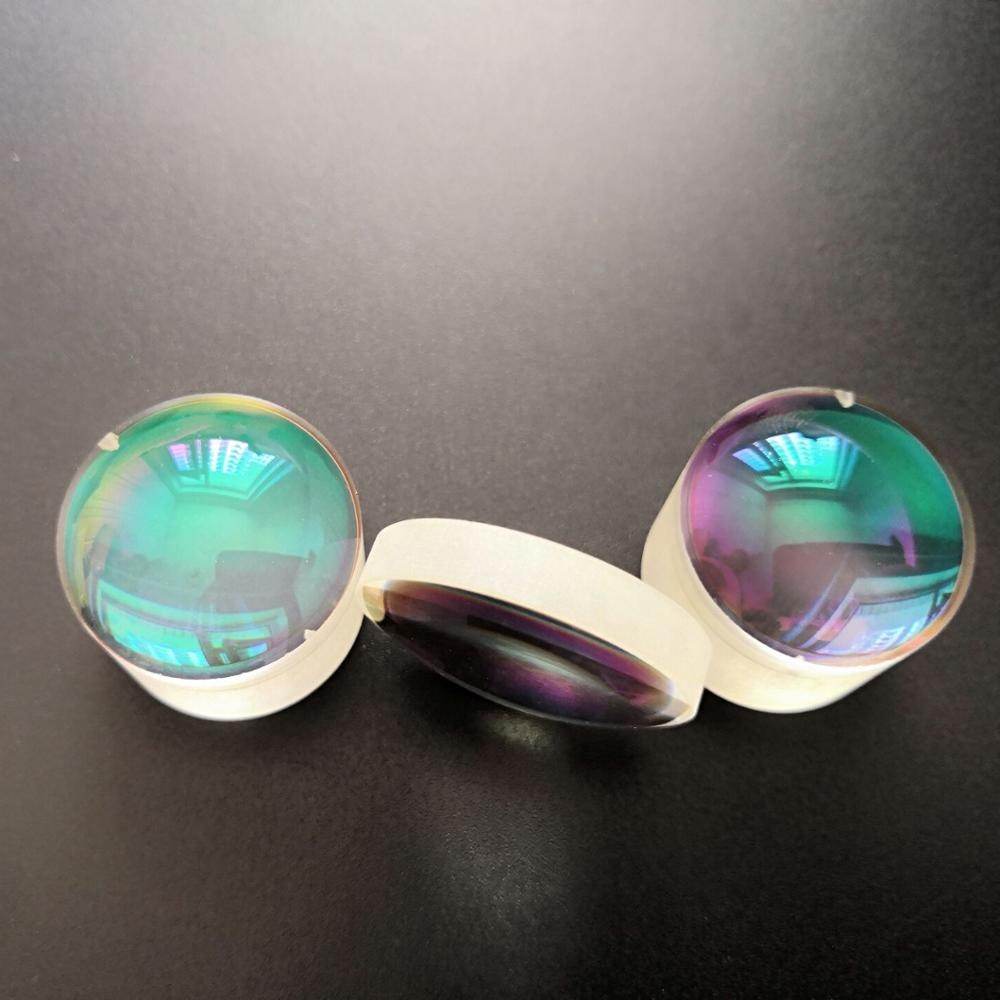
What are the commonly used optical lens adhesive materials?
Most of the adhesives used in the gluing of optical lenses belong to organic polymers, which can be roughly divided into four stages of development: natural fir resin adhesive → epoxy resin adhesive → methanol adhesive → optical photosensitive adhesive. At present, the development of optical photosensitive adhesive is relatively rapid, and the commonly used grades are GBN-501,GGJ-1,GGJ-2 and so on.
The natural fir resin adhesive has the advantages of simple bonding process and poor high and low temperature performance, which often causes degumming, causing the lens center and prism Angle to move around, making the instrument lose the original design requirements.
Epoxy resin adhesive has small shrinkage and good optical image quality, but the curing time is long, the process is complex, the toxicity is high, and it is easy to cause human skin allergy, which limits the mass production.
Methanol glue bonding process is complicated, and the shrinkage of the glue is very large, which often leads to the deterioration of the image quality of optical parts. The adhesive layer has poor aging resistance, short use time, easy to change color or degumming, resulting in a decrease in light transmittance.
Photosensitive adhesive is more convenient to use, high efficiency (under ultraviolet irradiation,12 minutes or so completely dry solid), small shrinkage, good optical lens image quality, good aging resistance, long-term use of adhesive layer color unchanged, light transmittance is still not less than 90%. GGJ-1 GBN-501 photosensitive adhesive for automatic centering of lenses and prisms. The GGJ-2 is viscous and nearly solid, suitable for instrument or manual bonding of optical parts in the center.
Detection of optical lens after gluing
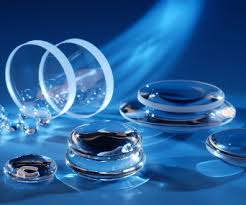
The relative geometric position and optical properties of the glued parts such as eccentricity, image tilt, focal length, top focal length, image quality, resolution and aperture can be checked on special instruments. The adhesive layer and surface quality can be checked visually or with a magnifying glass according to technical requirements. Note the following when gluing: Inside the effective hole of the glued part, the color of the adhesive layer should be close to colorless: The defect grade of the glued part shall be calculated according to the sum of the number of defects on the two glued surfaces according to the drawing, and the defect of the non-glued surface shall be calculated separately on each surface. Other defects, such as opening mold stains and oil, do not allow the existence of non-developmental defects beyond the effective aperture.
The thickness of lens adhesive layer generally needs to be measured by optical comparator before and after gluing. The center error of the glued lens is tested with a fixed attachment. The Angle of the glued prism is tested with an goniometer, an optical instrument, etc. The surface deformation of the glued parts is caused by the internal stress caused by the consolidation of the adhesive layer or the temperature change. The surface shape accuracy before and after gluing is usually measured by interference method, and then the deformation caused by gluing is calculated according to the distortion of the related pattern. You can also do the resolution or star inspection of the glued parts; It can also be tested by a transfer function instrument. The focal length of the glued lens is usually measured with an optical holder or focal length meter, and the glued layer of the glued part allows the interference fringes to be visible under reflected light. In addition, for the trial production of new products, shear strength, earthquake resistance and high and low temperature resistance tests should be carried out.
